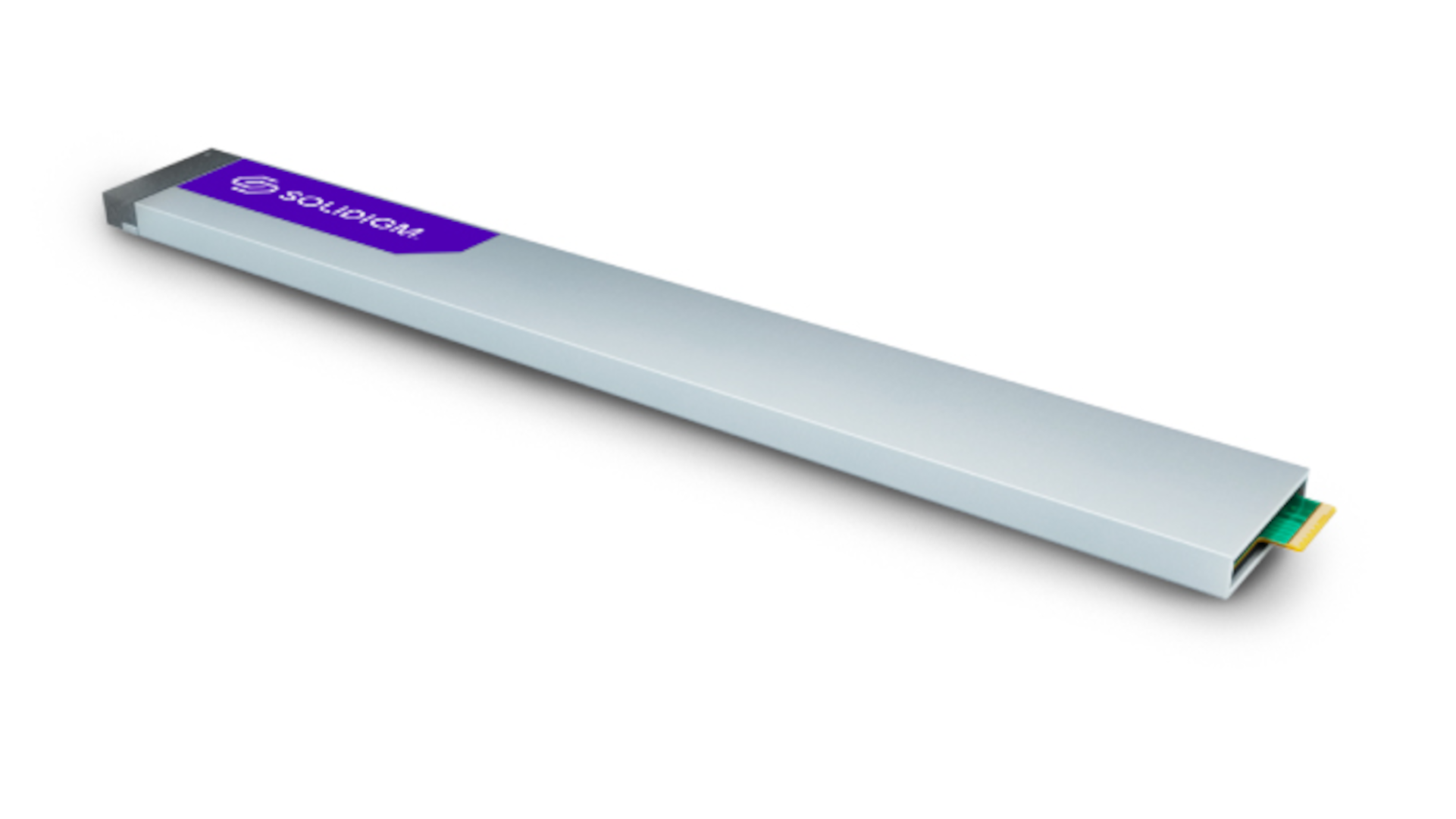
Steam Deck users have been able to take their storage capacity to the next level with the use of a high-capacity Solidigm SSD, according to reports.
StorageReview was able to arm Valve’s popular handheld gaming device with a Solidigm P5336 61.44TB enterprise SSD, allowing for far greater storage capacity.
While highly popular since its release, Steam Deck users have lamented its rather lackluster storage space. The handheld device comes in a 64GB, 256GB and 512GB format, which on the surface appears nominal but can be consumed rather quickly given the increasingly large storage requirements of more modern titles.
Next level
Using the Solidigm P5336, however, StorageReview was able to “obliterate'' current storage limitations and open up a world of possibilities for users.
There are notable issues at play here, however. Not least of all the fact that the P5336 uses an enterprise U.2 form factor.
Steam Deck uses an M.2 slot, meaning that any user considering this approach will be forced to purchase an external adapter capable of bridging this requirement gap.
The handheld nature of the Steam Deck also prompted the decision to purchase an enclosure device to hold the drive, making it far from convenient.
Power requirements were also a key consideration in this experiment. StorageReview said an ATX power supply was needed due to the fact that the NVMe drive “far exceeds the power requirements” the M.2 slot was capable of providing.
“To make this work properly, the power pin on the ATX connector was shorted to be perpetually on, ensuring a consistent and sufficient power source to the massive (now external) SSD,” the publication said.
Seamless integration
Limitations aside, the integration of the P5336 appears to have been a streamlined process. The Steam Deck’s design and interoperability meant that combining the SSD was easy and straightforward.
“With a standard Re-Image USB drive, and an adapter to plug it into the Deck, it recognized and fully utilized the formidable storage capacity of the SSD, 55.7TB formatted, showcasing its versatility and adaptability in embracing the expansive storage infrastructure,” StorageReview noted.
All said and done, the performance improvements were significant. Users can expect around 3,600 MB/s sequential read capabilities compared to an average of 2,300 MB/s with the Steam Deck’s standard internal drive.
This performance boost isn’t unique, however. Other - more modest - SSDs also offer this capability, albeit without the gargantuan storage capacity the P5336 provides.
The Steam Deck is still limited in terms of performance, however. Its Gen3 interface means that users can’t fully unlock the benefits of the Solidigm SSD due to the inherent limitations of the system.
The experiment does show the Steam Deck’s versatility though, and provides a use case for customers seeking to truly supercharge their storage capacity on the device.
More from TechRadar Pro
- These are the best gaming SSD options around
- We've also rounded up the best SSD picks for your PC
- Solidigm's 15TB SSD is cheapest big drive but it won't fit your PC






